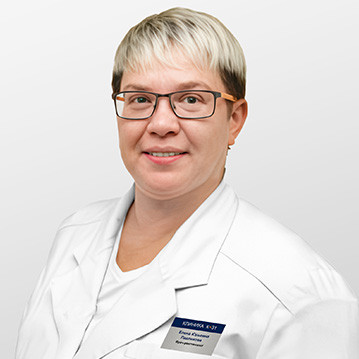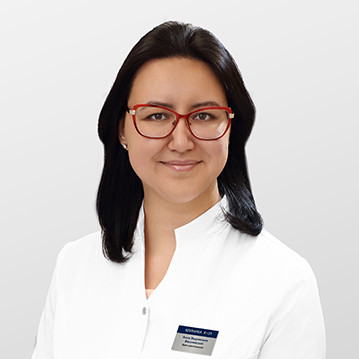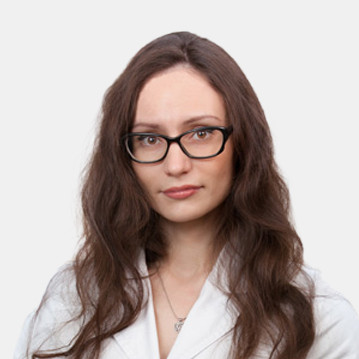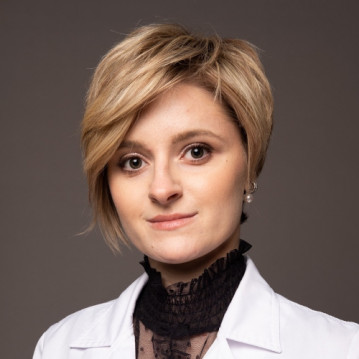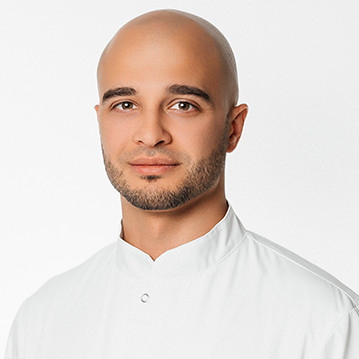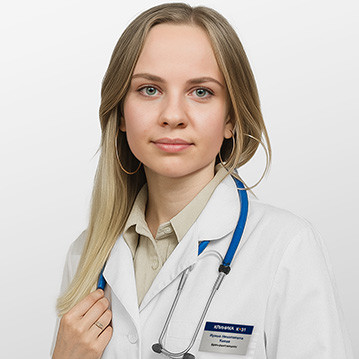The shoulder section is a complex structural formation, which is a combination of muscles and bones (blades and clavicles) that provide support and movement of the arms. Due to the fact that the articular surfaces are different in size, small deviations from the norm are not visible on x-rays. MRI of the shoulder joint is prescribed as an additional method for diagnosing pathologies, as a rule, after an x-ray or sonography.
In the images taken with magnetic resonance imaging, the doctor can see even small structural and functional changes in the tissues. The advantage of the procedure is its complete safety: the patient is not exposed to harmful radiation or other negative effects.
MRI of the shoulder joint: what does it show
Tomographic examination is one of the advanced modern techniques, as it allows not only to recognize the pathology, but also to determine the cause of its occurrence, as well as the degree of influence on the surrounding tissues.
During an MRI of the shoulder, the specialist measures the subacromial space, the joint space, and assesses the quality of the cartilage coverage. The technique involves obtaining a series of layer-by-layer images of tissues in different projections and three planes with high detail.
With the help of magnetic resonance imaging of the shoulder joint, the doctor can diagnose:
- The nature and extent of damage in trauma (dislocation, sprain, rupture of the capsule), damage to soft tissues or nerve roots in fractures.
- Developmental anomalies and pathological changes in the joint.
- Neoplasms and tumors in the bone tissue, surrounding muscles, joint, their nature (benign or malignant), stage and location, presence of metastases.
- Accumulation of fluid in the joint and differentiate it (inflammatory exudate, blood, pus).
- Destructive changes in the cartilaginous covering of the head of the bone.
- Narrowing of the joint space and quality of the articular lip.
- Structural changes in the bone marrow in the shoulder area.
- Infectious diseases of bone tissue.
- State of the acromioclavicular ligament and articulation.
- Damage to nerve endings during inflammation (neuritis, plexitis).
With the help of MRI of the arm and shoulder, the doctor can diagnose complications after old injuries of the shoulder region - tissue scarring, necrosis, ankylosis, inflammation.
Indications for examination
MRI of the right shoulder joint and MRI of the left shoulder joint are prescribed for primary and secondary diagnostics, as part of the preoperative examination and for follow-up diagnostics after treatment (conservative or surgical), as well as for monitoring the course of chronic arthritis and arthrosis.
The following clinical manifestations become the reason for the study:
- Painful sensations in the joint area at rest or during movement.
- Signs of an inflammatory process: changes in the characteristics of the skin, redness, swelling.
- Disturbances in the normal functioning of the joint.
- External changes.
In order to prevent MRI of the brachial plexus, it is necessary to conduct patients with degenerative diseases of cartilage and bone tissue, as well as people over 45 years of age.







